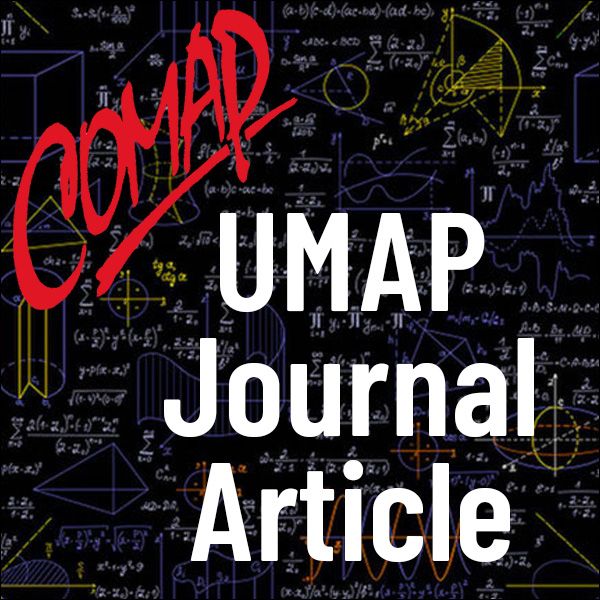Mathematics and Comfort (UMAP)
Author: Claudi Alsina
The concept of "comfort" has so many complications and implications that there is no hope of finding a global scientific model to describe it; to "feel comfortable" is the result of human reactions, physical characteristics, design aspects, technological conditions, cultural and social environments, and so forth. Nevertheless, some concrete dimensions of "comfort" have improved through the history of humankind, and today such dimensions are measurable and, therefore, controllable. We consider characteristics of geometrical, thermal, acoustical, and visual "comfort" that are of interest to designers as well as to users. In doing so, we try to present to the reader how mathematics and reality can maintain a fruitful dialogue and how some vague concepts such as "comfortable stairs," "it's cold," "there is too much noise," or "the illumination is fine" can have a measurable treatment, or at least can be described with some accuracy.
Table of Contents:
INTRODUCTION
A TALE TO BEGIN WITH
ON GEOMETRICAL COMFORT
The Stairs Problem
The Parking Problem
ON THERMAL COMFORT
ON ACOUSTICAL COMFORT
Ideal and Typical Sound Levels
Propagation of Sound in Buildings
Reverberation
Ideal Proportions for a Room
ON VISUAL COMFORT
OTHER ASPECTS MAY AFFECT COMFORT
CONCLUSIONS
REFERENCES
ABOUT THE AUTHOR

Mathematics Topics:
Application Areas:
You must have a Full Membership to download this resource.
If you're already a member, login here.